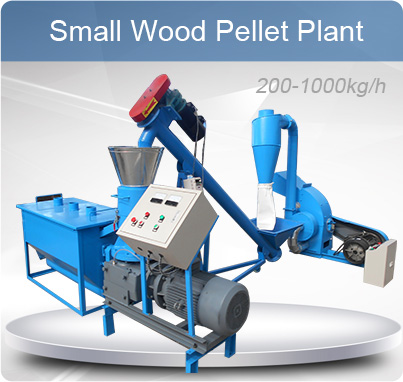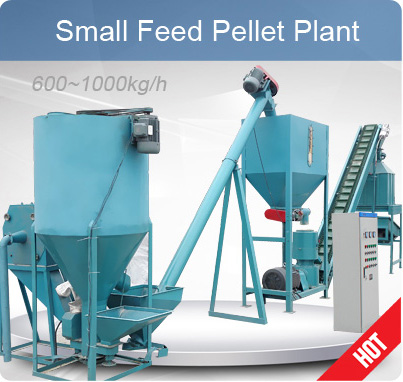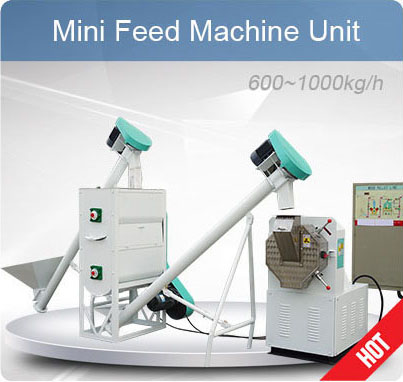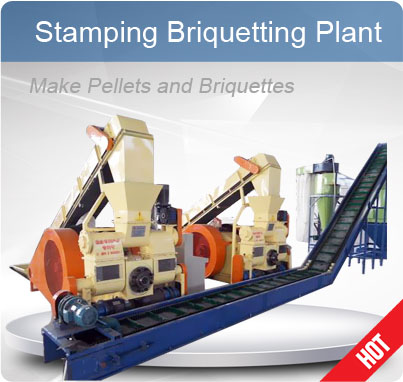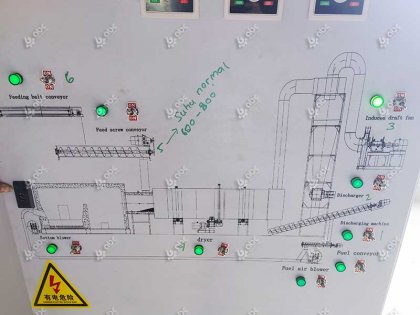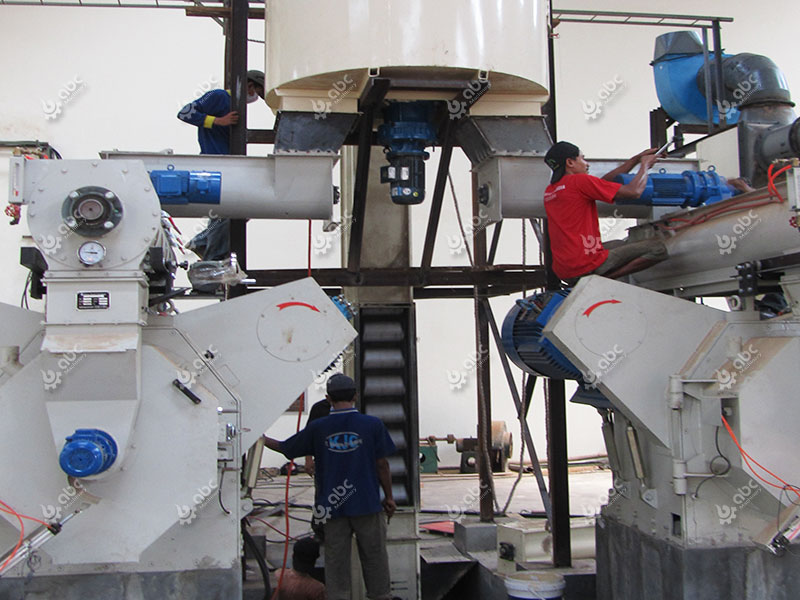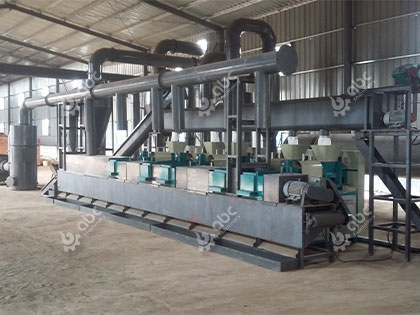Picking the wrong RDF pellet machine—whether it’s misaligned with your needs or misses key specs—can derail your production line before it even starts. This guide cuts through the confusion: we’ll break down must-know technical specs, common pitfalls to avoid, and how to integrate the machine smoothly, so you choose the best one for your plant.
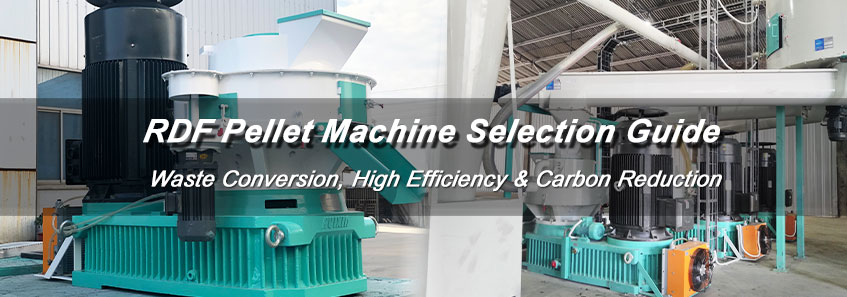
RDF Pellet Machine: Waste-to-Energy & Cost Optimization
Still stuck on which RDF pellet machine fits your line? Reach out to ABC Machinery today! We’ll help you match the right machine to your needs.
From Waste to High-Energy Fuel: How RDF Pellet Machines Power Your Plant?
Amid the global push for a circular economy and low-carbon energy, RDF (Refuse-Derived Fuel) plants have become critical hubs for turning waste into valuable resources—and the RDF pellet machine sits at the core of this transformation. More than just a "compression tool," it acts as the bridge between discarded waste and high-energy fuel, directly enabling your plant to reduce waste volume, lower carbon footprint, and generate sustainable revenue.
Below is a breakdown of how RDF pellet machines drive your plant’s operations, efficiency, and long-term success:
-
1. Turning "Waste" into Uniform, High-Density Fuel Feedstock
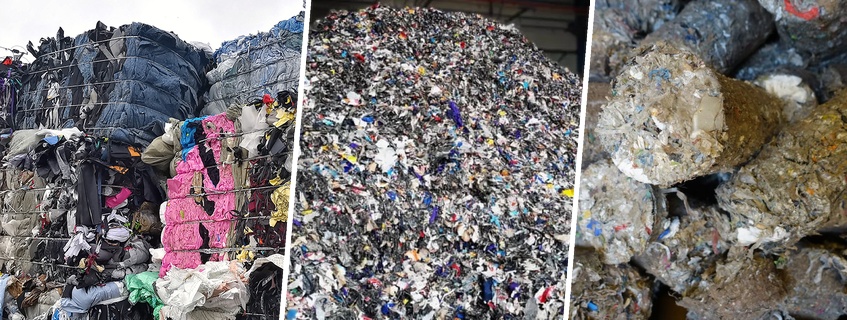
Waste to RDF Pellets: Complete Production Processing
RDF raw waste—whether it’s mixed paper, MSW, wood chips, or agricultural residues—is messy, low in energy density, and challenging to handle on a large scale. If left unprocessed, it would be expensive to transport, inefficient to incinerate, and unable to meet industrial fuel standards. RDF pellet machines solve this problem by compressing loose, heterogeneous waste into dense, uniform pellets (typically 6-12mm in diameter) through high-pressure extrusion.
-
2.Enable Continuous, Scalable Production (the "Power" Behind Plant Throughput)
| Technology Type | Ring Die Technology |
|---|---|
|
Core Component |
Circular ring die with evenly distributed holes |
|
Efficiency |
High (energy loss is 15-25% lower than flat die) |
|
Suitability for Capacity |
Large-scale (5-10 tons/hour) |
|
Advantages |
1. Continuous high-throughput operation |
A rdf plant’s ability to generate revenue and meet client demands relies on consistent throughput—and RDF pellet machines are built to deliver this. Unlike manual or low-capacity waste processing methods, modern RDF pellet machines (equipped with ring dies or high-torque flat dies) operate continuously and adapt to your plant’s volume needs:
-
Small-scale plants (1-4 tons/hour): Compact single ring-die pellet machines handle intermittent waste input, ideal for facilities serving local industries (e.g., small cement plants).
-
Large-scale plants (5-10+ tons/hour): High-efficiency pellets production lines run 24/7, processing large waste volumes to supply regional power stations.
This scalability means your plant doesn’t need an entire overhaul to expand: as your waste supply grows (e.g., through partnerships with more local municipalities) or client demand rises, you can upgrade or add pellet machines. For instance, a plant starting with a 2-ton/hour machine can expand to 6 tons/hour by adding two more units—doubling fuel output and revenue potential.
-
3.Cutting Environmental Impact (Powering Your Plant’s Sustainability Goals)
RDF pellet machines are key tools for industrial plants to reduce their environmental footprint, directly addressing two critical sustainability challenges:
-
Less landfill waste: Globally, over 1.3 billion tons of waste end up in landfills yearly, releasing methane (a greenhouse gas 28 times more potent than CO₂). A plant processing 10 tons of waste daily can divert 3,650 tons of waste from landfills annually.
-
Fossil fuel substitution: One ton of RDF pellets can replace 0.8 tons of coal, reducing CO₂ emissions by 1.5-2 tons per ton of fuel. A plant supplying 1,000 tons of pellets monthly can cut CO₂ by 18,000-24,000 tons yearly—helping meet carbon reduction targets and qualify for green incentives (e.g., carbon credits).
Additionally, advanced RDF pellet machines include dust-collection and noise-reduction features, helping your plant comply with local environmental regulations, avoid fines, and protect its reputation.
-
4. Optimizing Operational Costs (Driving Profitability)
RDF pellet machines reduce costs and boost efficiency in three ways:
-
Lower energy consumption: Modern machines (especially ring-die models) use 8-12 kWh of electricity per ton of pellets. A 5-ton/hour plant operating 20 hours a day can save 800-1,200 kWh daily.
-
Minimized downtime: High-quality machines (with hardened steel dies and self-lubricating rollers) only need weekly inspections and monthly part replacements—unlike low-quality models, which may break down 2-3 times a month.
-
Higher fuel value: Uniform pellets command a $50-80 per ton premium in the market, allowing your plant to sell to higher-paying clients and boost profit margins.
The RDF Pellet Machine Is Your Plant’s "Value Converter"
Common Mistakes in Choosing RDF Pellet Machines and Optimization Tips
Many plant operators make critical mistakes when selecting RDF pellet machines, which can lead to suboptimal performance or unnecessary costs. Understanding these mistakes can help you avoid them and choose the best machine for your needs.
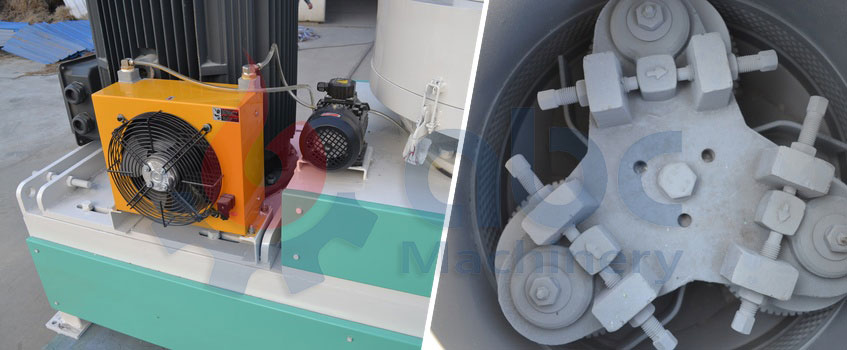
3 Common RDF Pellet Machine Selection Mistakes & Fixes
Common Mistakes to Avoid:
-
Overestimating Capacity: Choosing a machine with higher capacity than needed can result in unnecessary energy consumption and higher upfront costs.
-
Underestimating Maintenance: While some machines may appear cost-effective upfront, they may require frequent maintenance, leading to higher long-term costs.
-
Ignoring Material Compatibility: Some machines are designed to handle specific types of refuse. Choosing a machine that’s not compatible with your primary feedstock can result in poor pellet quality and inefficiencies.
Optimization Tips:
-
Match Capacity to Plant Needs: Ensure that the machine’s output aligns with your plant’s production volume. Oversized machines can lead to energy inefficiencies.
-
Monitor Performance with Control Systems: Use advanced control systems to track machine performance and identify potential issues early, reducing downtime and maintenance costs.
-
Implement Regular Maintenance: Preventative maintenance is key to ensuring the longevity of your RDF pellet machine. Regular checks and part replacements can minimize unplanned downtime.
Partner with us to get personalized recommendations on selecting the ideal RDF pellet machine for your factory.
Ensuring Optimal Integration of RDF Pellet Machine with Plant Design
To maximize efficiency, it’s important to ensure that the RDF pellet machine integrates seamlessly with the overall plant design. The machine should be compatible with other production systems, including waste sorting, drying, and pelletizing processes.
Integration Considerations:
-
Production Line Layout: Ensure that the machine fits well within the plant’s layout, with enough space for materials to flow smoothly between processes.
-
Energy Usage Across the Plant: Consider how the RDF pellet machine’s energy consumption will affect the overall plant energy balance. Integrating energy-saving technologies can reduce operational costs.
-
Automation and Control: To enhance overall plant performance, integrate the RDF pellet machine with automated control systems. This ensures optimal efficiency and reduces the risk of human error in production.
By addressing these factors, you can create a well-coordinated RDF pellet production line that maximizes both output and efficiency.
Get your customized RDF pellet production solution – Contact us today to discuss your plant’s needs and optimize your pelletizing process.





